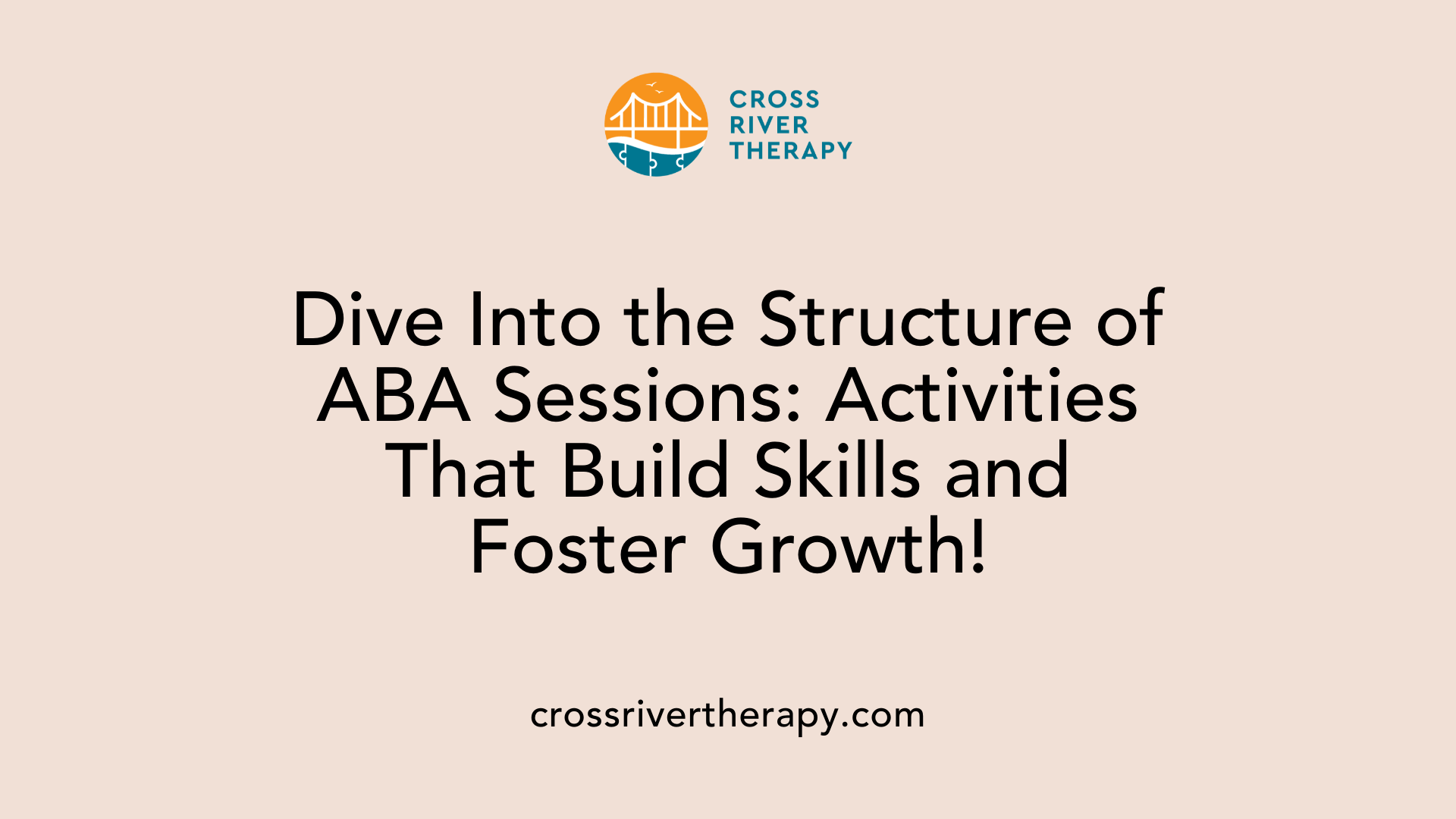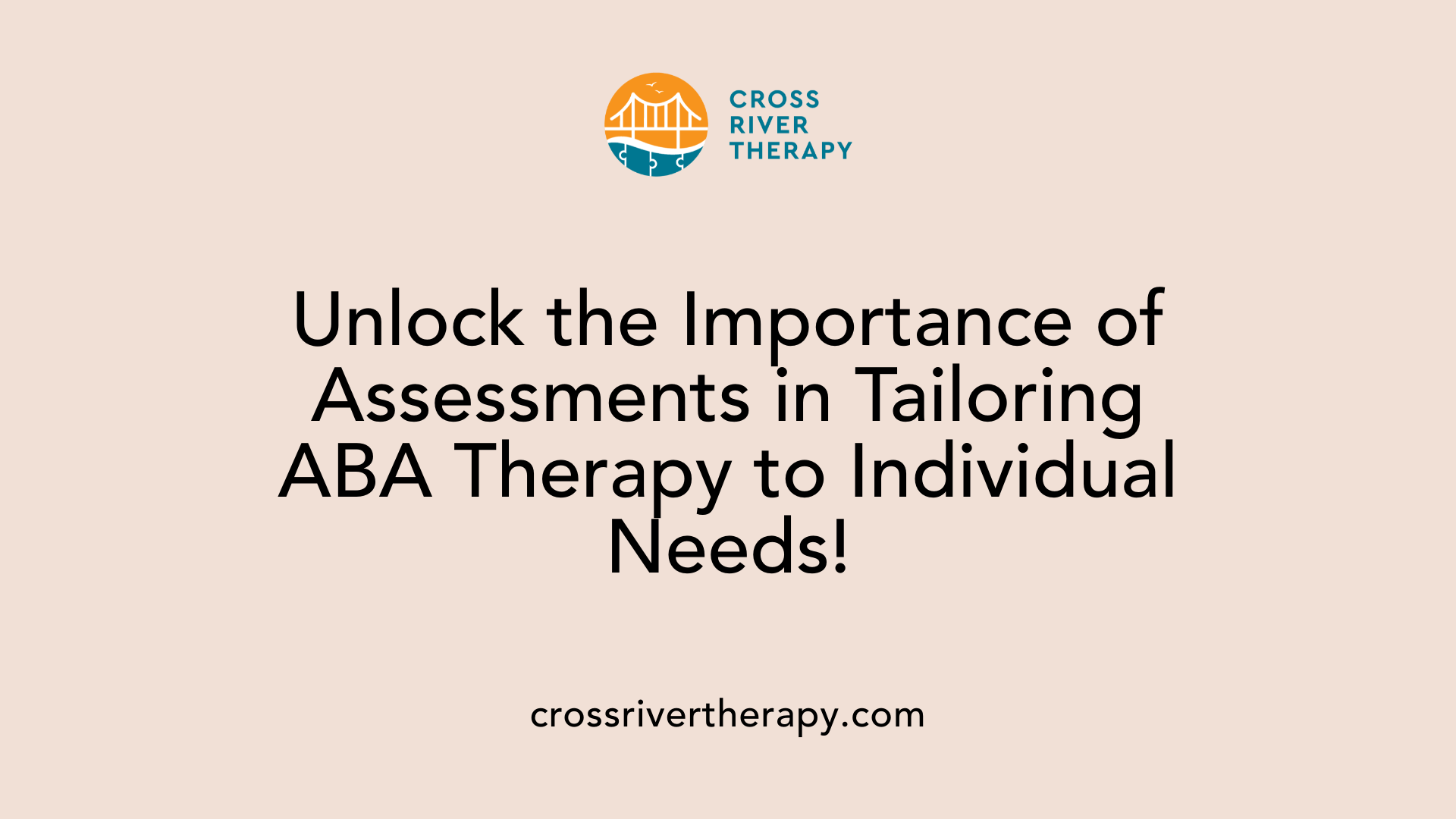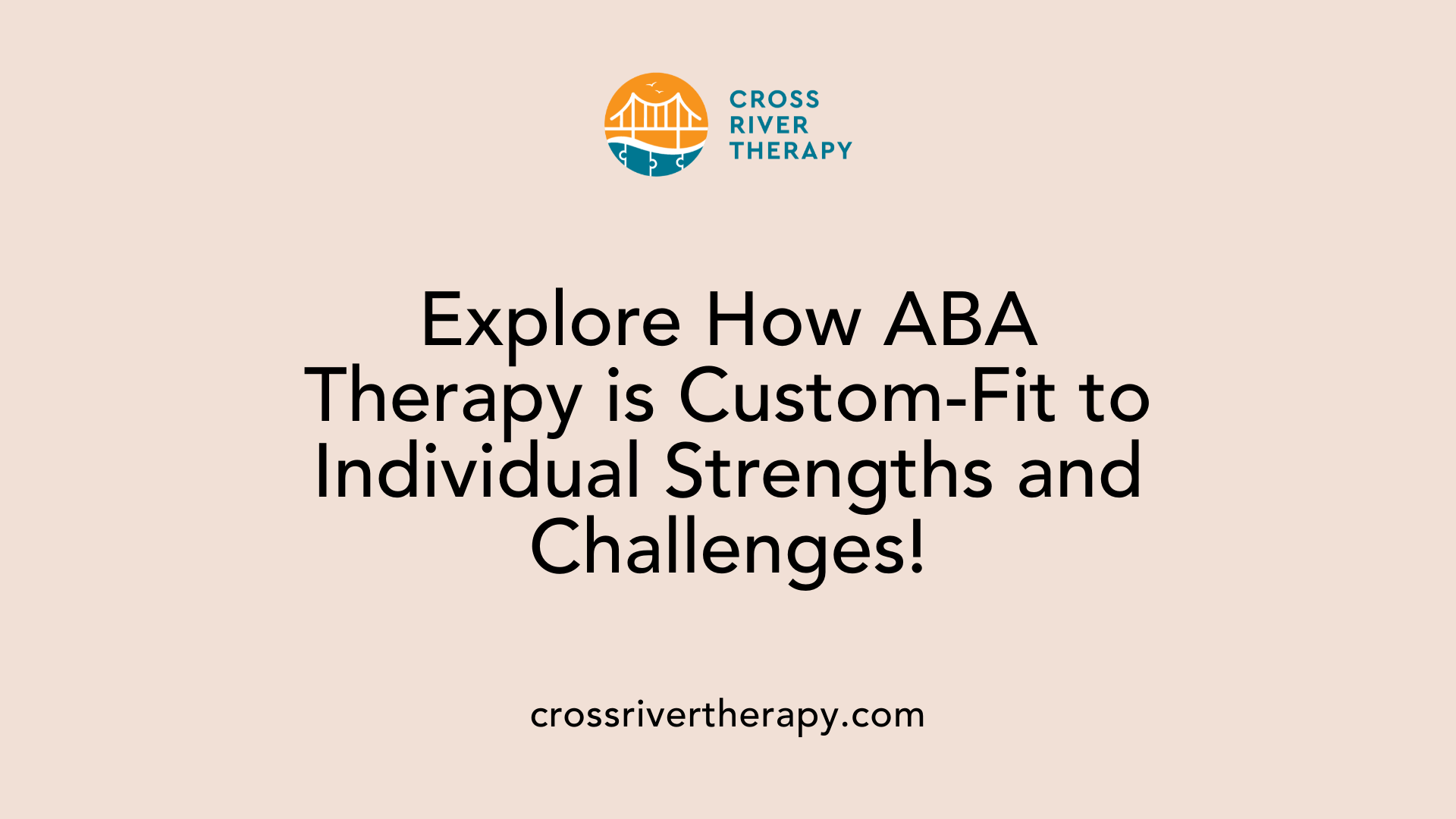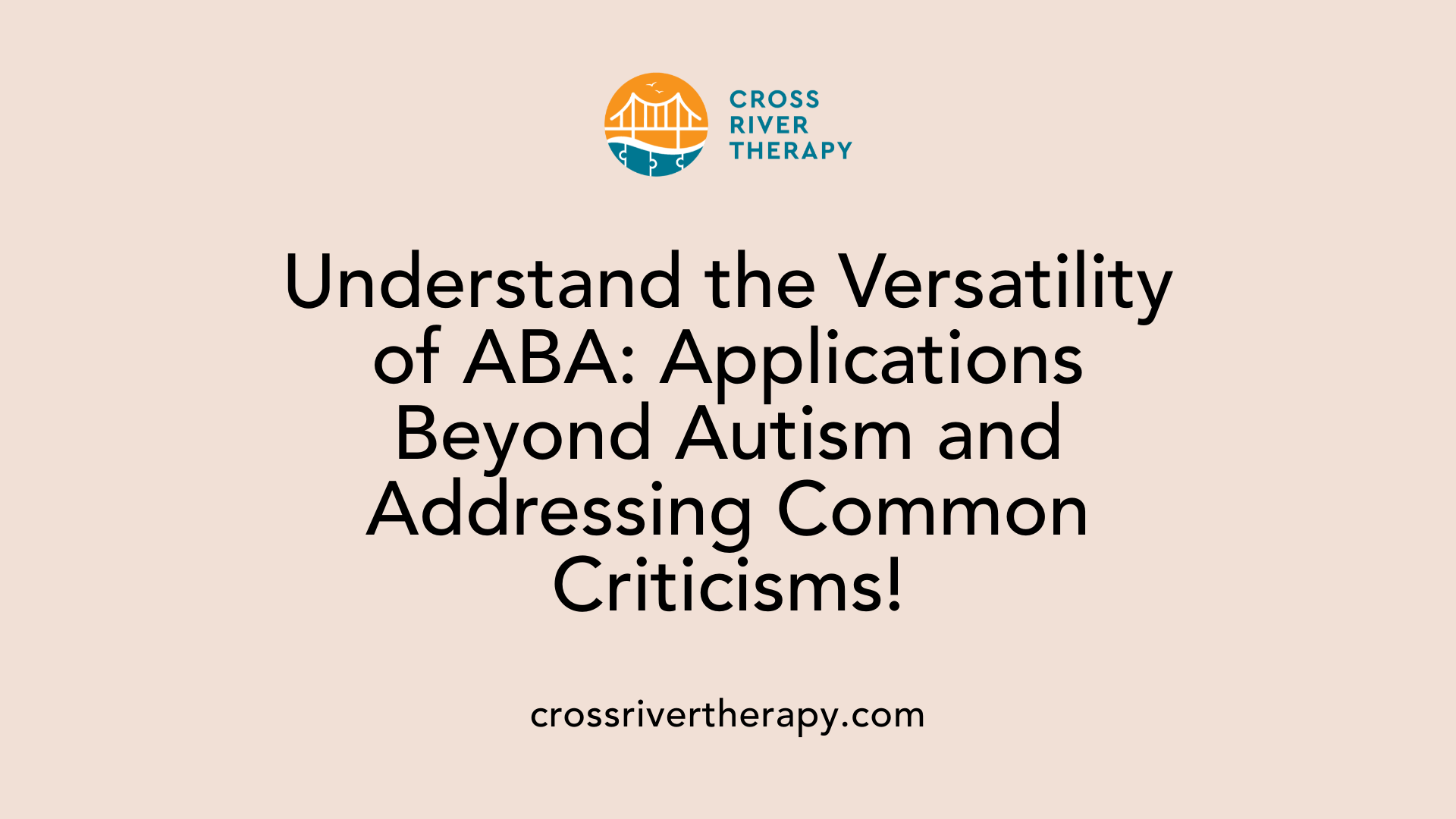What to Expect in ABA Therapy
Understanding the Dynamics of ABA Therapy Sessions
Introduction to ABA Therapy
Applied Behavior Analysis (ABA) therapy is widely recognized as an evidence-based intervention for Autism Spectrum Disorder (ASD). This therapeutic approach aims to foster essential skills and enhance the quality of life for individuals by focusing on areas such as communication, social interaction, and independent living. The therapy utilizes principles of positive reinforcement and individualized treatment plans to cater to the unique needs of each client. Recognized by health bodies like the U.S. Surgeon General, ABA therapy sets a foundation for tailored interventions that significantly influence behavior and learning.
Core Techniques in ABA Therapy

What are some common techniques used in ABA therapy?
Applied Behavior Analysis (ABA) employs various techniques to enhance the learning experience for individuals with Autism Spectrum Disorder (ASD). One of the primary methods is Positive Reinforcement, which rewards desired behaviors, thereby increasing the likelihood of these behaviors being repeated. Rewards may include praise, tokens, or preferred activities following successful task completion.
Another key technique is Discrete Trial Training (DTT). This structured approach breaks down skills into small, achievable steps, focusing on one behavior at a time. Each step involves a clear instruction, the child’s response, and a reward, creating an effective learning cycle.
Antecedent-based Interventions (ABI) are also prevalent. These techniques involve modifying the environment to minimize triggers for undesirable behaviors, effectively creating a more supportive learning atmosphere. This can include adjusting schedules or providing visual aids to help a child navigate tasks.
Other techniques used in ABA include Functional Communication Training (FCT), Prompting, Fading, and various modeling methods, all aimed at fostering independence and promoting appropriate skill acquisition in diverse settings.
Session Structure and Activities in ABA Therapy

What happens during an ABA therapy session?
During an ABA therapy session, practitioners focus on developing essential skills for daily living and social interaction. Activities can include potty training, personal grooming, communication skills, and emotional self-regulation.
Initially, therapists work on building rapport with the child through engaging play, a process known as 'pairing'. This sets a positive tone for therapy and fosters trust. The session typically incorporates two main methodologies:
- Discrete Trial Training (DTT): A structured approach that uses one-on-one tasks to teach specific skills.
- Natural Environment Training (NET): This focuses on teaching and encouraging social skills through play in everyday settings.
Variability in session duration
The duration of ABA sessions can vary significantly, ranging from one to four hours, but they typically last about 2 to 3 hours. Each session is customized to meet the individual child's needs and learning pace. A team of therapists often conducts the sessions, supervised by a Board Certified Behavior Analyst (BCBA), ensuring high-quality and adaptive care.
Progress is monitored through tools like Skills® For Autism, an online program that enables families to track their child’s achievements against therapy goals, making engagement and success visible.
The Role of Assessments in Guiding ABA Therapy

What is the role of assessments in ABA therapy?
Assessments play a vital role in ABA therapy by providing a comprehensive understanding of an individual's capabilities and challenges. They not only identify strengths and weaknesses but also focus on specific areas like communication, social skills, and daily living activities.
Importantly, assessments help pinpoint motor skill development, acknowledging that a significant percentage of children with autism face motor difficulties that impact their daily functioning. For instance, a thorough assessment process often begins with the completion of the Vineland Adaptive Behavior Scales, which outlines the child’s strengths and deficits and allows the therapist to prioritize focus areas.
By gathering baseline data, therapists can tailor interventions that incorporate structured learning environments, evidence-based techniques, and targeted activities to enhance both fine and gross motor skills. This tailored approach also includes using tools such as the Functional Behavior Assessment (FBA) and Behavioral Language Assessment to better understand a child’s specific needs.
Ultimately, these assessments are crucial for shaping effective early intervention strategies, essential for maximizing developmental outcomes in children with autism.
Adapting ABA Therapy to Individual Needs

How does the ABA therapy process adapt to individual needs?
The ABA therapy process is inherently adaptive, designed to meet the individual needs of each child. This begins with a comprehensive assessment conducted by a Board Certified Behavior Analyst (BCBA) who evaluates the child's unique strengths, challenges, and preferences. This assessment serves as the foundation for creating personalized intervention plans that focus on specific, meaningful goals that resonate with the child's interests.
Once a treatment plan is established, the therapy employs various evidence-based techniques, ensuring that they are tailored to each child’s responses. Regular progress monitoring is crucial. Data is collected frequently, allowing for timely adjustments to strategies and reinforcement methods based on how well the child is responding. This flexibility is vital for helping the child to reach their goals.
Moreover, cultural sensitivity and active collaboration with families are integral to the success of ABA therapy. Involving parents and caregivers not only enhances the child's learning experience but also provides opportunities for strategies to be applied in real-life settings.
As a result, the individualized approach of ABA therapy significantly optimizes each child's chances for success, fostering skill acquisition and independence.
Involvement of Professionals in ABA Therapy
How do professionals involved in ABA therapy contribute to the sessions?
Professionals in ABA therapy, particularly Board Certified Behavior Analysts (BCBAs) and Registered Behavior Technicians (RBTs), are pivotal in crafting tailored treatment plans for each child. They assess the unique needs, strengths, and preferences of each individual, ensuring that therapies are not only effective but also engaging.
BCBAs use two core methodologies in their practice:
- Discrete Trial Training (DTT): A structured approach focusing on specific skill acquisition.
- Natural Environment Training (NET): Emphasizes applying learned skills in everyday situations to enhance generalization.
During therapy sessions, BCBAs continually monitor progress, establish clear treatment goals, and adjust interventions based on ongoing data collection. This flexibility allows for the treatment to evolve alongside the child’s development.
Effective engagement is reinforced through structured interactions that prioritize rapport building and positive reinforcement, as therapists utilize techniques to encourage desired behaviors.
Collaboration with family is essential, allowing for a consistent approach across home, school, and community settings. By involving family members, the skills learned during therapy can be efficiently supported in daily life, fostering a richer, more conducive learning environment.
Broader Applications and Criticisms of ABA Therapy

Is ABA therapy exclusive to individuals with autism?
ABA therapy is not limited to individuals with autism; it has broader applications for various developmental and behavioral issues. While autism spectrum disorder (ASD) is the condition most often associated with these methods, ABA has also proven effective for children grappling with issues such as ADHD, OCD, ODD, and PTSD. The fundamental techniques used, notably positive reinforcement, promote desirable behaviors and improve skills across a wide range of clients, including those facing cognitive or emotional challenges. It’s worth noting that while insurance coverage for ABA might often hinge on an autism diagnosis, many without such a diagnosis can still reap the benefits of these therapeutic approaches. Overall, ABA stands out as a versatile method, adaptable to meet a diverse set of needs beyond autism.
Are there criticisms or challenges associated with ABA therapy?
Despite its effectiveness, ABA therapy hasn't escaped criticism and scrutiny. Historically, some practitioners leaned on punitive measures, which led critics to claim that such methods could inflict emotional harm on individuals. Concerns have also been raised regarding the therapy's emphasis on aligning behaviors with neurotypical standards, inadvertently encouraging autistic individuals to mask their authentic selves. Furthermore, the often rigid application of a one-size-fits-all framework neglects the unique strengths and varying needs of each individual, potentially hindering their progress.
Although contemporary ABA practice has moved towards more personalized strategies that respect individual differences, discussions continue around its impact on emotional well-being and the most beneficial ways to effectively support autistic individuals in a meaningful way.
Foundational Principles of ABA Therapy
What is ABA therapy and what are its main principles?
Applied Behavior Analysis (ABA) therapy is a research-based intervention specifically designed to enhance the skills and quality of life for individuals with autism. Its main focus is on teaching essential life skills—such as communication, social interactions, self-care, and play—rather than merely aiming for behaviors that align with neurotypical standards.
Key principles of ABA include:
A-B-C Model: This model consists of three components:
- Antecedent: The triggers or events that occur before a behavior.
- Behavior: The specific action or response of the individual.
- Consequence: The outcome or reaction that follows the behavior. This model helps therapists understand the context of behaviors, allowing for more targeted interventions.
Positive Reinforcement: This fundamental strategy involves rewarding desired behaviors to increase their frequency. When a child successfully completes a task or engages positively, they receive immediate rewards, which motivates them to repeat such behaviors in the future.
Individualized Treatment Plans: Every ABA program is tailored to meet the unique needs of each child. Goals are set based on the child’s strengths, interests, and family context, ensuring that therapy is relevant and engaging.
Progress Monitoring: ABA emphasizes continuous assessment through data collection. Therapists regularly review data to measure improvements and adjust treatment plans in collaboration with families, ensuring that therapy remains effective and aligns with the child’s evolving needs.
Overall, ABA therapy underscores the importance of personalized approaches, focusing on the individual’s behaviors and fostering a supportive, collaborative relationship with families. Monthly training sessions and open-door policies for parents to observe sessions further enhance this collaboration, making family involvement crucial for effective therapy outcomes.
Concluding Thoughts on ABA Therapy
ABA therapy stands as a transformative approach for individuals with autism, emphasizing personalized care through evidence-based techniques. Through understanding its extensive application and addressing any critiques constructively, the therapy can be continually refined to better serve its clients. Ultimately, the collaboration between therapists, families, and the individuals themselves ensures meaningful progress, making ABA therapy a crucial component in supporting individuals with developmental and behavioral challenges.
References
- What Happens In An ABA Therapy Session? - Behavioral Innovations
- Questions and answers about ABA | Autism Speaks
- Everything You Need to Know About ABA Therapy - Behavior Nation
- Applied Behavior Analysis (ABA) | Autism Speaks
- Applied Behavior Analysis (ABA) - Cleveland Clinic
- 10 Things Every Parent Should Expect From Your ABA Therapy ...
- What Happens During An ABA Therapy Session?



